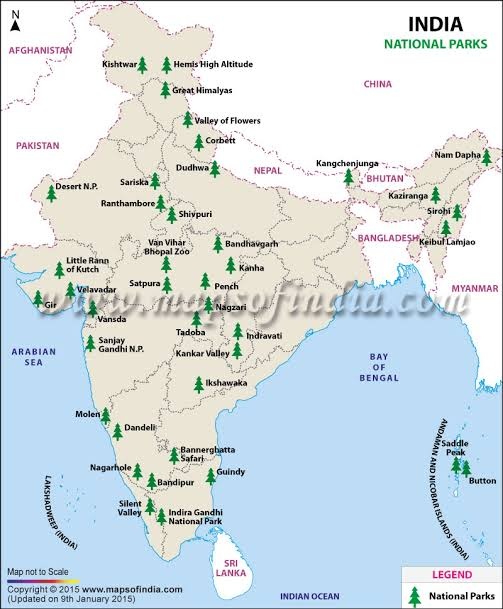Good Evening Friends,
We are Posting Today’s Prelims Marathon
About Prelims Marathon – In this initiative, we post 5 high-quality MCQs daily. Questions are based on the static part of the syllabus. We at ForumIAS believe that practising quality questions on a daily basis can boost students’ prelims preparation.
For old Archives of Prelims Marathon, Click on “Archives”
[WpProQuiz 1402]







3/5?
You are everywhere
????my scores are pushing me everywhere
Ur insightian right?
Yes ?but firstly iam a upsc aspirant?
???
??
???
3 of 5 questions answered correctly
Your time: 00:01:59
You have reached 3 of 5 scores, (60%)
Average score 31.73%
Your score 60%
You have completed the test!
1/5
4/5..
RESULTS
4 of 5 questions answered correctly
Your time: 00:02 :21
:21
You have reached 4 of 5 scores, (80%)
4/5